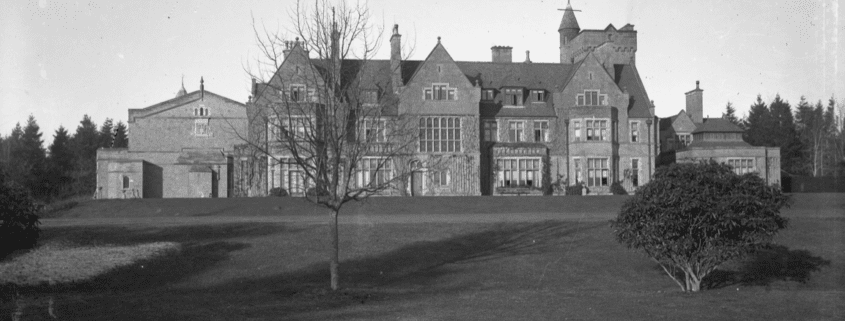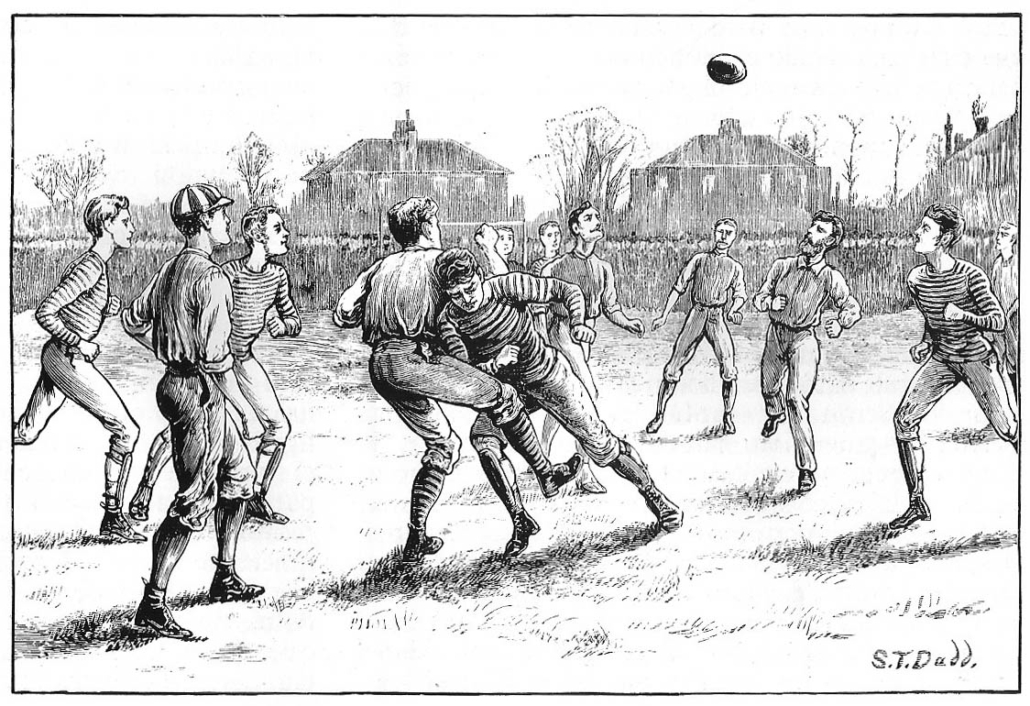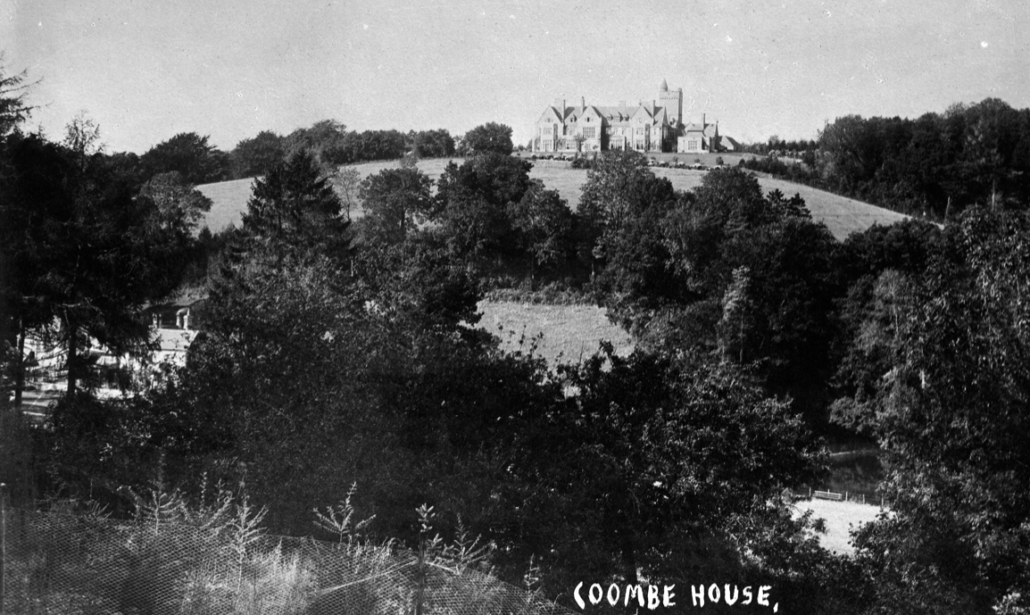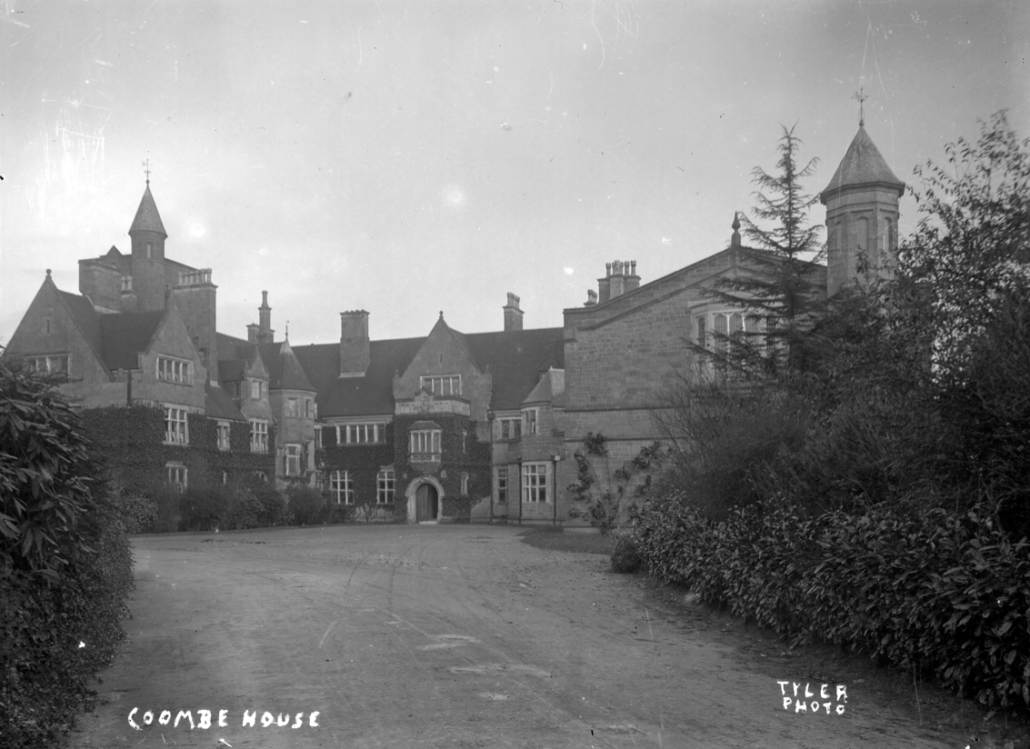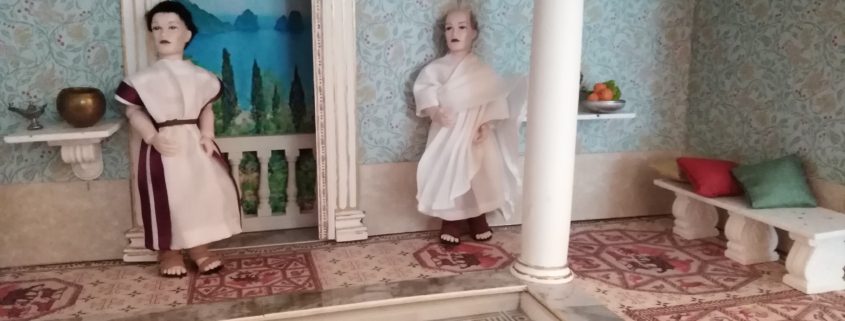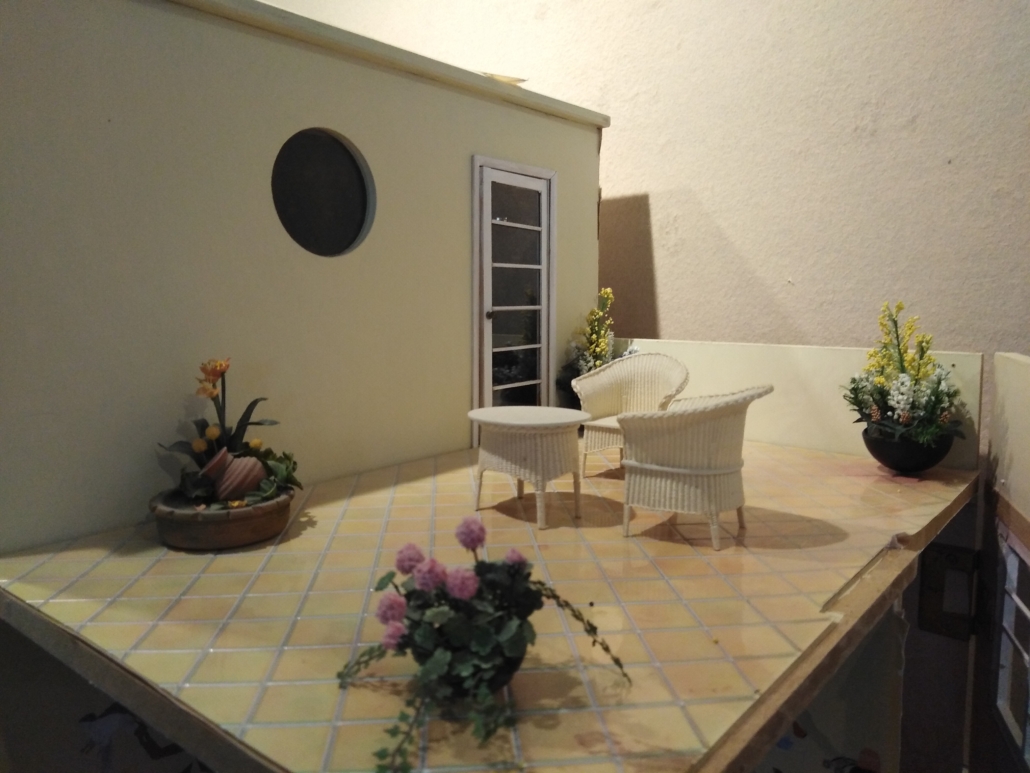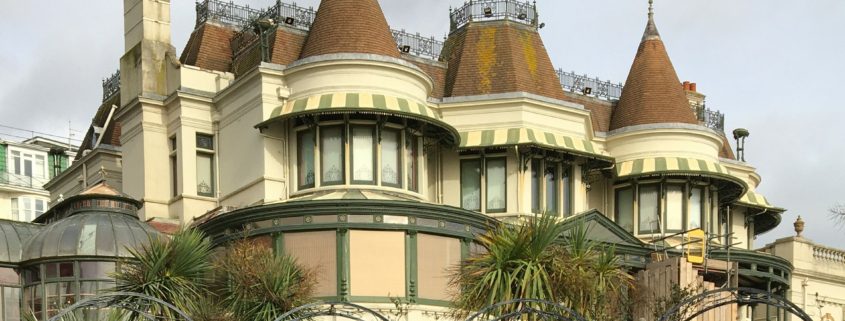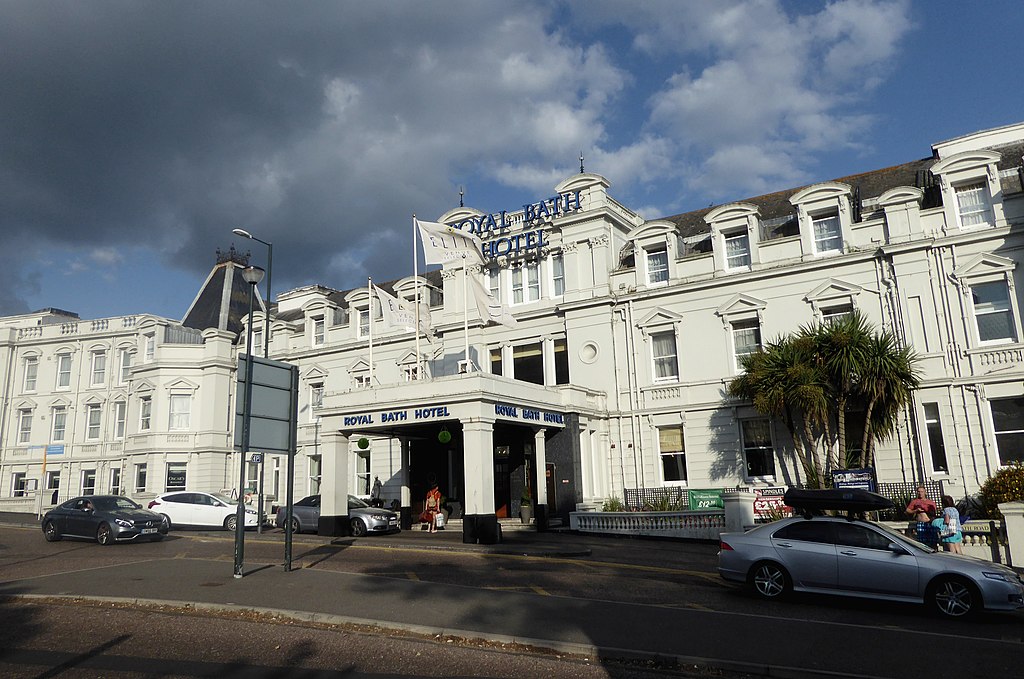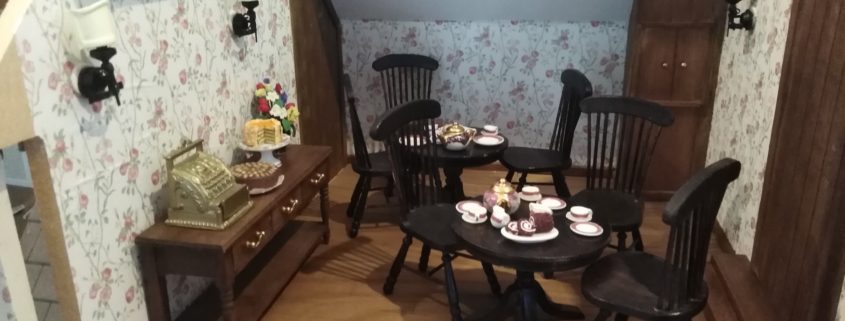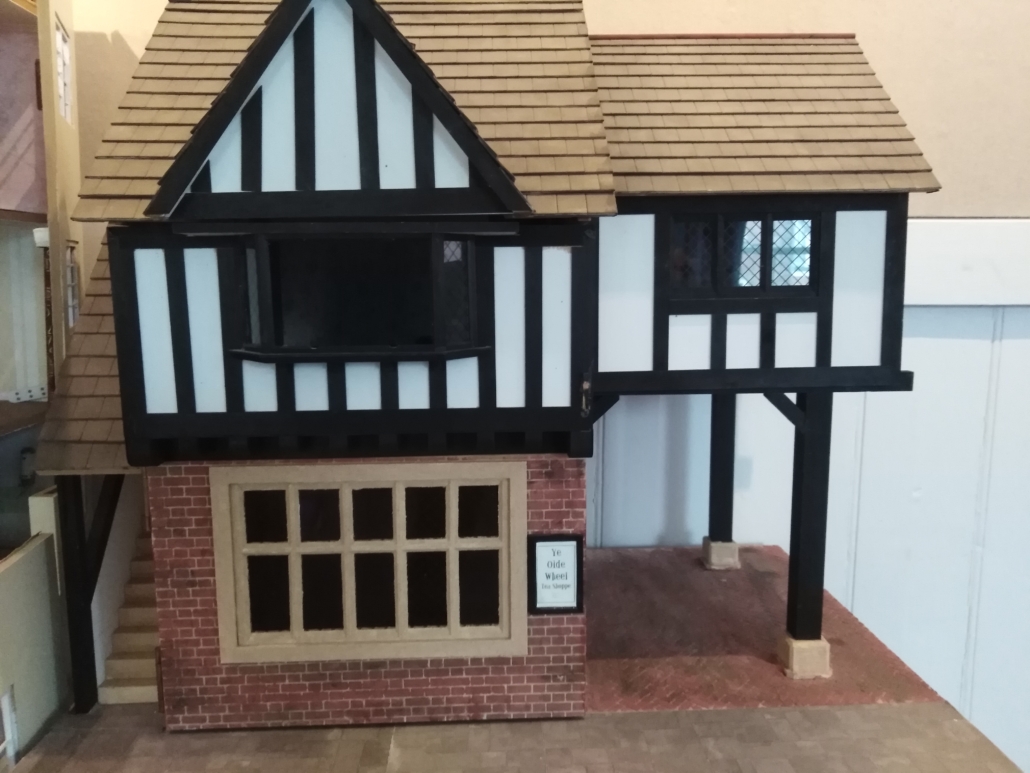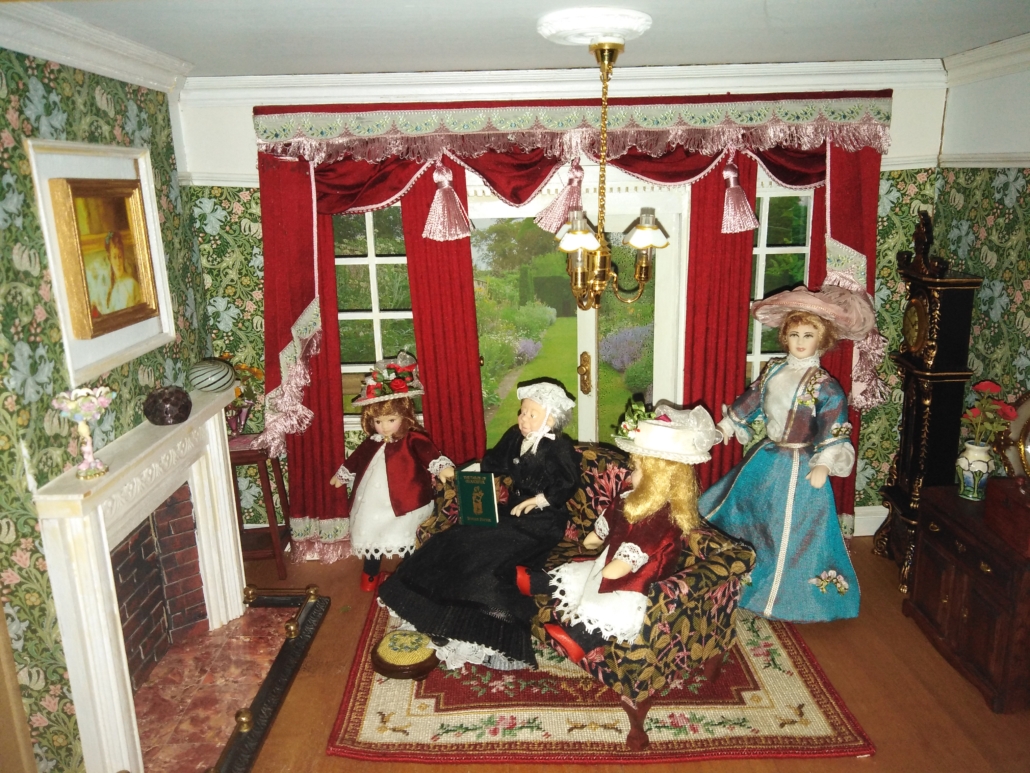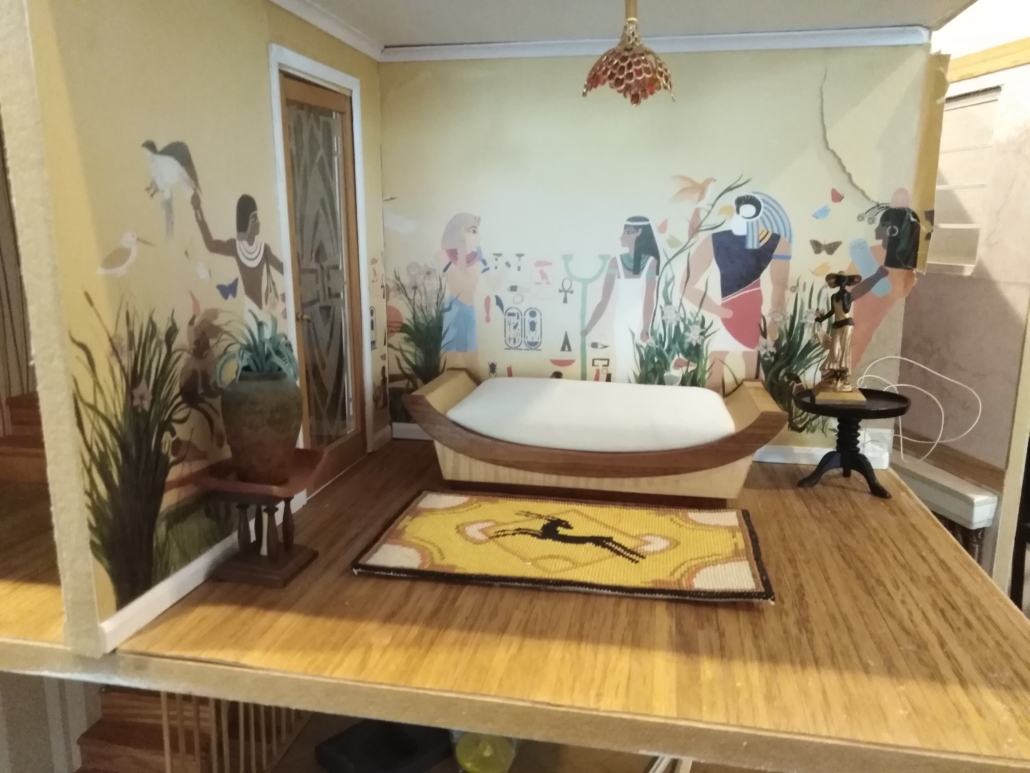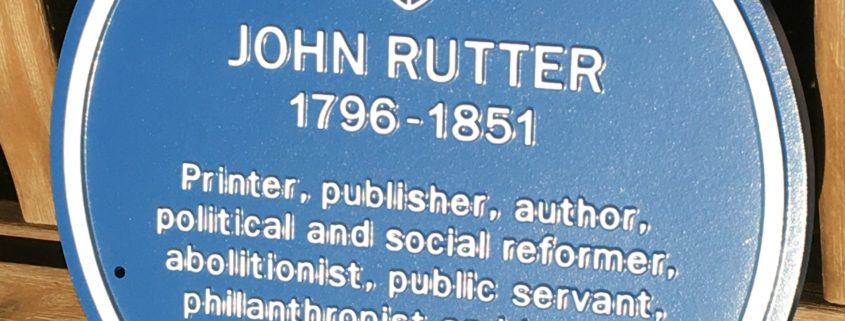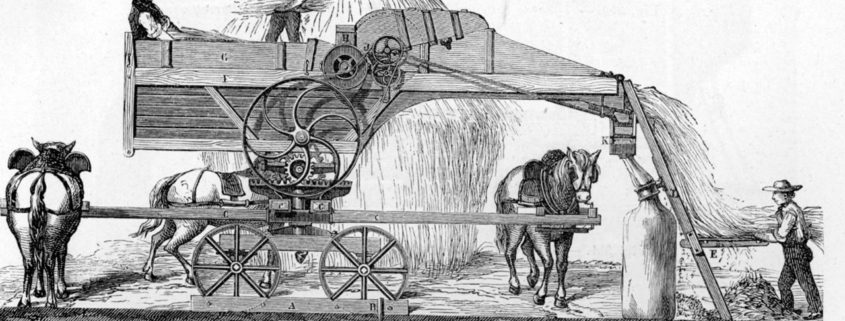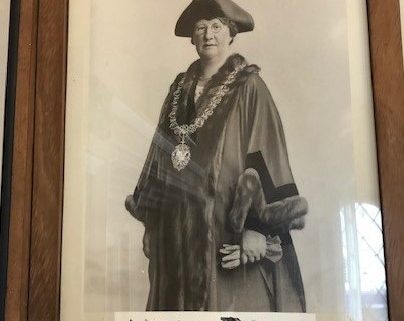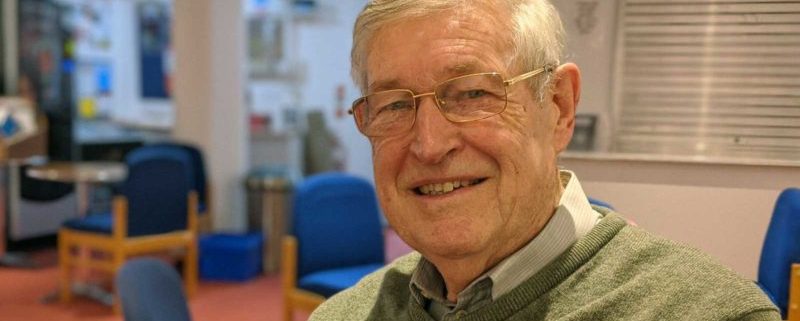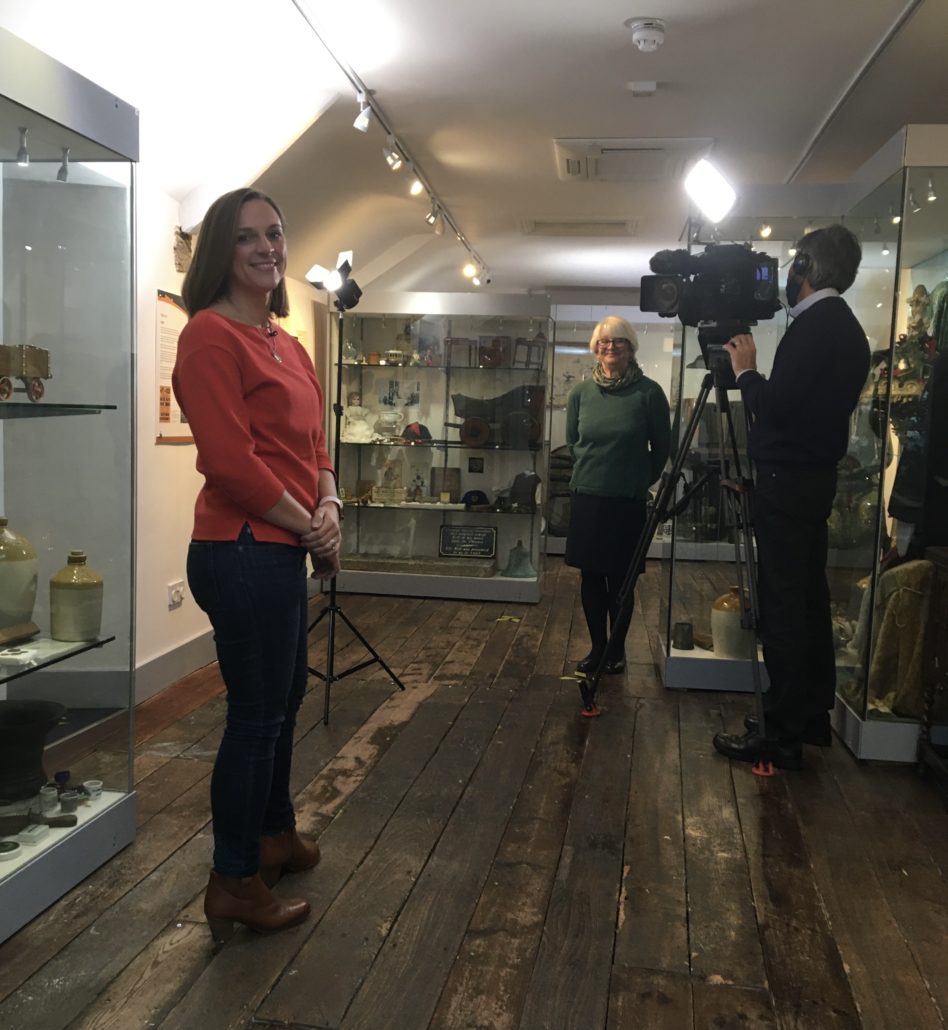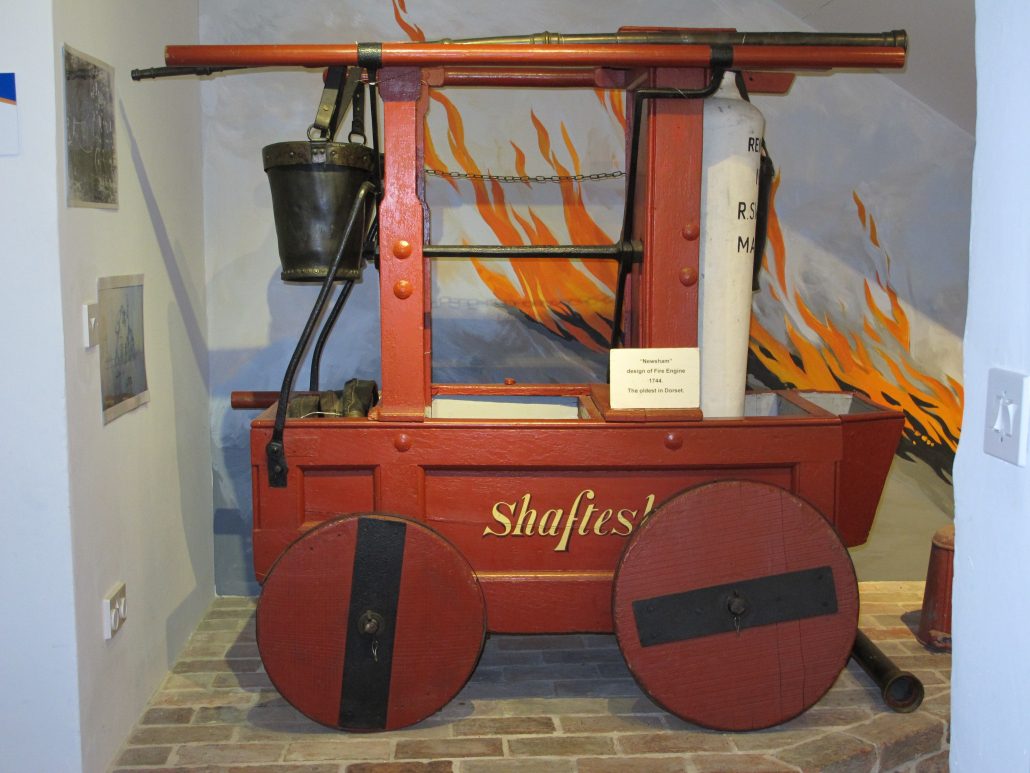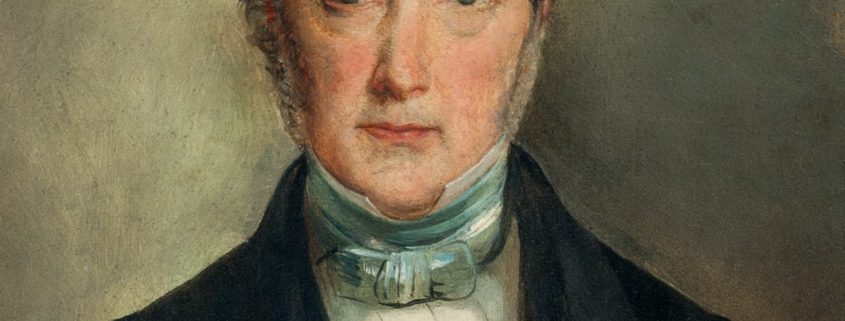Shaftesbury Vinegar Tycoon and FA Cup Winner’s Country Retreat
Dorset Council has recently bought the former St Mary’s School for £10.05 million. Though described as Jacobean in style, Coombe House is not regarded as an historic building. It was built in 1886 (architect E.T. White) about a mile to the east of Shaftesbury, just inside Wiltshire, for Mark Hanbury Beaufoy (1854-1922), a wealthy vinegar manufacturer whose factory and main residence were in South Lambeth, London. The Beaufoy company had been founded in the 18th century by his great-grandfather, another Mark, on a site later occupied by Waterloo Bridge. Until the advent of refrigeration, vinegar was much in demand for food preservation, and in 1881 the Beaufoy works employed 125, producing 790,096 gallons of vinegar in 1898.
M. H. Beaufoy was regarded as an enlightened employer, who supported the campaign for an 8 hour working day and introduced a 45 hour week. In 1881 he chaired a meeting which founded The Church of England Central Society for Providing Homes for Waifs and Strays, later to evolve into The Children’s Society. He sat as Liberal MP for Kennington in Lambeth from 1889 to 1895, and Hansard records that in July 1889 he asked the Home Secretary whether he was aware that “a man was charged at Leman Street Police Station with having assaulted a woman by dragging her to the ground by her hair and stabbing or attempting to stab her with a knife, but was subsequently discharged without any effort having been made to find the woman.” Clearly he was concerned that an opportunity had been missed in the hunt for Jack the Ripper.
The youthful Mark was a talented footballer. This was the heyday of amateur sportsmen of independent means. He played mainly as an outside right for Eton College, Cambridge University, and Surrey, and was the member of an FA Cup Final winning team in 1879, when Old Etonians beat Clapham Rovers 1-0.
Another of Mark’s favourite pastimes was game shooting. This was the attraction of Coombe House, surrounded by 1500 acres of land ideal for pheasant shooting, with a further 500 acres being rented in the vicinity of Ashmore. Some serious safety advice was addressed to his fifteen-year-old eldest son, Henry Mark Beaufoy:
If a sportsman true you’d be
Listen carefully to me
Never, never let your gun
Pointed be at anyone.
That it may unloaded be
Matters not the least to me.
Sixteen indoor servants were employed at Coombe House, and presumably at least as many on the estate. The Beaufoy Family’s private library, which included a Shakespeare First Folio bought in 1851 and Dr Samuel Johnson’s armchair acquired in 1859, was moved to Coombe House in 1909, though the First Folio was sold in 1912. The south wing was enlarged to create a ballroom to celebrate the marriage of daughter Margaret Hilda at much the same time.
Mark Hanbury Beaufoy was chairman of The Kennel Club from 1920 until his death in 1922. The estate was sold in 1930, with Coombe House turned into a luxury hotel, owned in 1935 by a Mr and Mrs Whitaker, and in 1939 by S. Wormald. In 1943 it became a USAAF Rest Home for American bomber crews based in the UK. The last of the Beaufoys involved in the vinegar business, George Maurice, was killed when a Luftwaffe bomb fell on the Lambeth works in 1941. The Beaufoy brand was phased out after 1961, while the factory was converted into upmarket housing. Its white cupola can still be seen from trains approaching Vauxhall Station from the south-west.
Most recently Coombe House has been part of the complex of St Mary’s independent school, which closed in 2020. The sisters of the Institute of the Blessed Virgin Mary bought the house in 1945 and opened a school for boarding and day girls, gradually adding to the facilities. Dorset Council has acquired the site with a view to making better provision for children and young people with special educational needs and disabilities, who might otherwise have to be accommodated much further afield. The views of Dorset residents and other interest groups were being sought until 18 March 2021 at dorsetcouncil.gov.uk/st-marys-survey
The photographs of Coombe House are from Gold Hill Museum’s Tyler Collection.

